In the transportation industry, the securement of steel coils is paramount to ensuring safety, compliance, and operational efficiency. At CarMax Vehicle, we understand the complexities involved in properly securing steel coils during transit. This comprehensive guide delves into the best practices, regulatory standards, and innovative solutions for proper steel coil securement, tailored to meet the highest industry standards.
Understanding Steel Coil Securement
Steel coils, due to their size and weight, pose significant challenges in transportation. Proper securement is essential to prevent shifting, rolling, or falling, which can lead to accidents, cargo damage, and legal repercussions. Effective securement involves the use of appropriate equipment, adherence to regulatory standards, and implementation of best practices.
Key Objectives of Securement
- Safety: Protecting drivers, other road users, and cargo.
- Compliance: Meeting federal and state transportation regulations.
- Efficiency: Minimizing cargo damage and transit delays.
- Cost-Effectiveness: Reducing potential liabilities and insurance costs.

Regulatory Standards for Steel Coil Securement
Compliance with transportation regulations is non-negotiable. The Federal Motor Carrier Safety Administration (FMCSA) sets forth guidelines that must be adhered to for the securement of steel coils.
FMCSA Securement Requirements
| Regulation | Description |
|---|---|
| 49 CFR §392.32(a)(1) | Cargo must be secured to prevent movement during transportation. |
| 49 CFR §393.50 | Specific guidelines for load securement, including the use of appropriate devices. |
| 49 CFR §178.570 | Requirements for cargo securement devices and methods. |
| State Regulations | Additional securement requirements may vary by state. |
Key Compliance Factors
- Load Stability: Ensuring the load remains stationary throughout transit.
- Securement Devices: Usage of straps, chains, binders, and other securing equipment.
- Inspection: Regular checks before and during transport to maintain securement integrity.

Best Practices for Steel Coil Securement
Implementing best practices is crucial for effective securement. These practices not only ensure compliance but also enhance the overall safety and efficiency of transportation operations.
1. Proper Equipment Selection
Choosing the right equipment is foundational to securement.
| Equipment | Purpose |
|---|---|
| High-Tensile Straps | Securing coils to prevent movement and shifting. |
| Chains and Binders | Providing robust support for heavy and large coils. |
| Edge Protectors | Preventing damage to securing devices and cargo edges. |
| Steel Racks and Supports | Offering structural support to maintain coil alignment. |
2. Load Distribution
Even distribution of steel coils across the trailer is essential to maintain balance and prevent overloading.
- Balanced Placement: Position coils symmetrically to distribute weight evenly.
- Layer Stacking: Implement multi-layer stacking techniques to optimize space and stability.
- Weight Limits: Adhere to the trailer’s weight capacity to avoid overloading.

3. Securement Techniques
Employing effective securement techniques minimizes the risk of movement.
- Blocking and Bracing: Use blocks or braces to fill gaps and prevent shifting.
- Lashing: Apply multiple layers of straps or chains in different directions to secure coils firmly.
- Corner Boards: Utilize corner boards to provide additional support and prevent lateral movement.
4. Regular Inspections
Continuous monitoring ensures that securement remains intact throughout the journey.
- Pre-Trip Inspections: Verify all securement devices are properly attached and in good condition.
- En Route Checks: Conduct periodic inspections during stops to ensure securement has not been compromised.
- Post-Trip Assessments: Review securement effectiveness and address any issues encountered.
Innovative Solutions by CarMax Vehicle
At CarMax Vehicle, we pride ourselves on offering state-of-the-art securement solutions tailored to the unique needs of steel coil transportation. Our range of products and services includes:
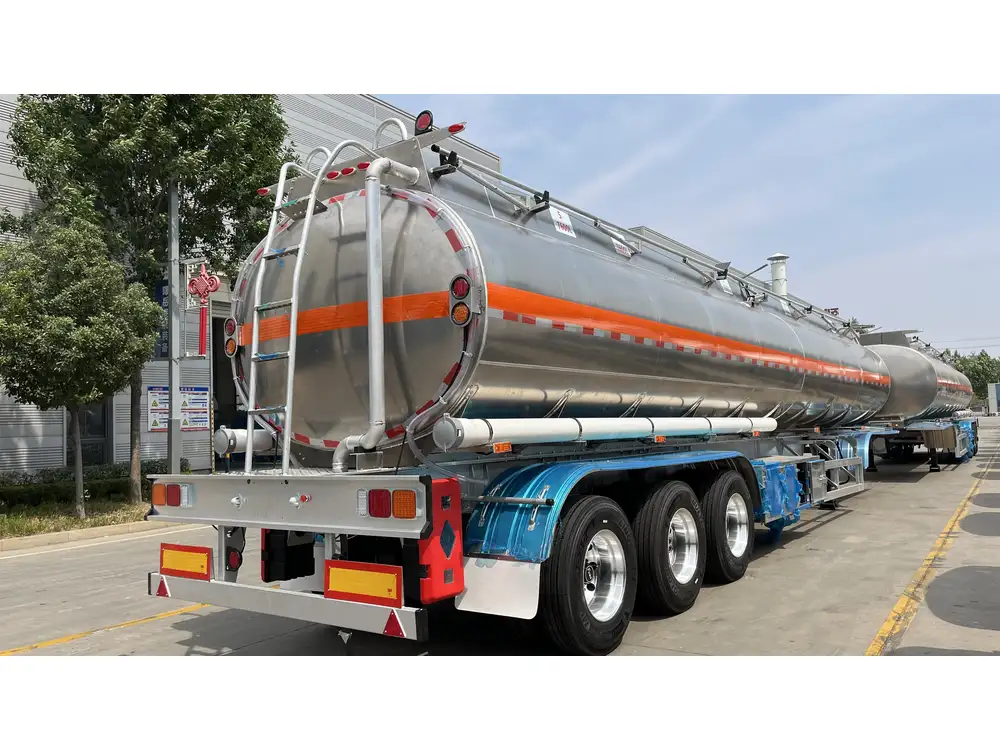
Advanced Securement Straps
Our high-tensile straps are designed to provide maximum strength and durability, ensuring that steel coils remain firmly in place during transit.
Customized Securement Systems
We offer bespoke securement systems that cater to various trailer configurations and cargo specifications, enhancing stability and safety.
Comprehensive Training Programs
CarMax Vehicle provides training for drivers and logistics personnel on the best practices for steel coil securement, ensuring compliance and operational efficiency.

Comparative Analysis: CarMax Vehicle vs. Competitors
Feature Comparison
| Feature | CarMax Vehicle | Competitor A | Competitor B |
|---|---|---|---|
| Custom Securement Solutions | Yes | Limited | No |
| High-Tensile Straps | Superior Quality | Moderate Quality | Variable Quality |
| Training Programs | Comprehensive | Basic | None |
| Regulatory Compliance | Fully Compliant | Partially Compliant | Partially Compliant |
| Customer Support | 24/7 Dedicated Support | Limited Hours | Business Hours |
Benefits of Choosing CarMax Vehicle
- Quality Assurance: Our products undergo rigorous testing to meet the highest standards.
- Tailored Solutions: We understand that each shipment is unique and provide customized securement options.
- Expert Support: Our team of experts is available around the clock to assist with any securement challenges.

Structured Securement Process
Implementing a structured process ensures that all aspects of securement are addressed systematically.
Step 1: Planning and Assessment
- Cargo Evaluation: Assess the dimensions, weight, and characteristics of steel coils.
- Trailer Selection: Choose the appropriate trailer type that accommodates the cargo securely.
- Securement Strategy: Develop a detailed plan outlining the securement methods and equipment required.
Step 2: Equipment Preparation
- Inspect Securement Devices: Ensure all straps, chains, and other devices are in optimal condition.
- Assemble Securement Tools: Gather all necessary tools, including tensioners, binders, and edge protectors.

Step 3: Loading the Cargo
- Positioning: Carefully place steel coils on the trailer, adhering to the load distribution plan.
- Layering: Implement multi-layer stacking to maximize space and enhance stability.
Step 4: Securing the Load
- Applying Straps and Chains: Use appropriate securement devices to lock the coils in place.
- Tensioning: Ensure all straps and chains are adequately tensioned to prevent movement.
- Final Inspection: Conduct a thorough check to confirm that all securement measures are properly implemented.
Step 5: Monitoring and Maintenance
- Regular Checks: Perform inspections at designated intervals during transit.
- Adjustments: Make necessary adjustments to securement devices as needed.
- Documentation: Maintain records of securement inspections and any modifications made.
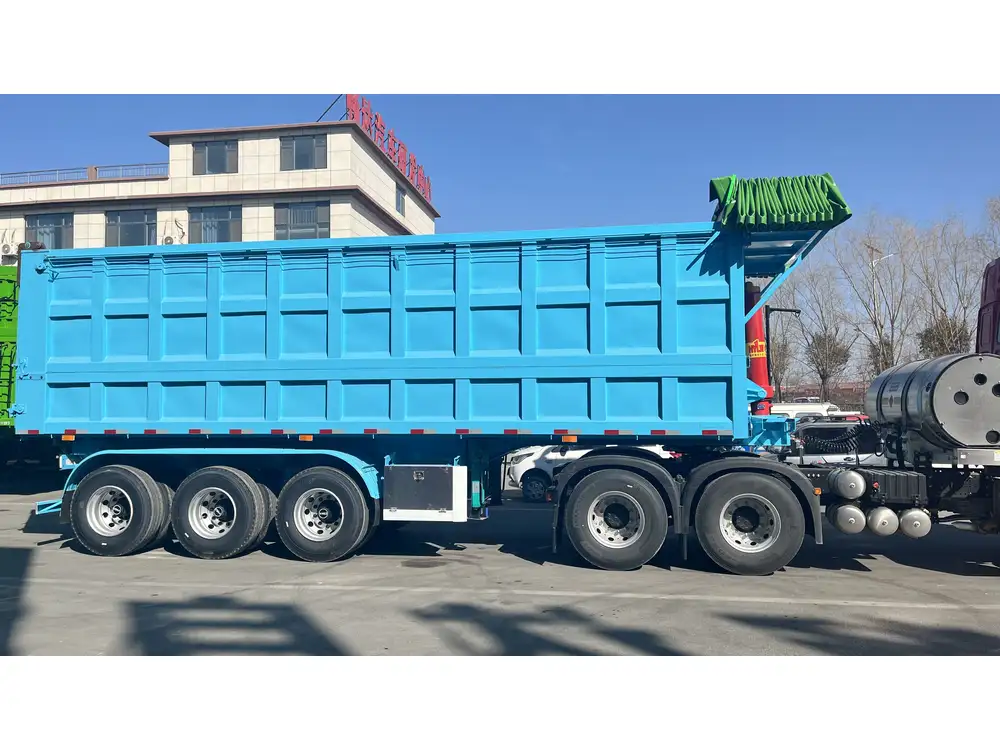
Addressing Common Challenges in Securement
Challenge 1: Varying Coil Sizes
Solution: Utilize adjustable securement systems that can accommodate different coil sizes, ensuring versatility and reliability.
Challenge 2: Trailer Load Capacity
Solution: Implement load distribution techniques and use high-strength securement devices to maximize the trailer’s capacity without compromising safety.
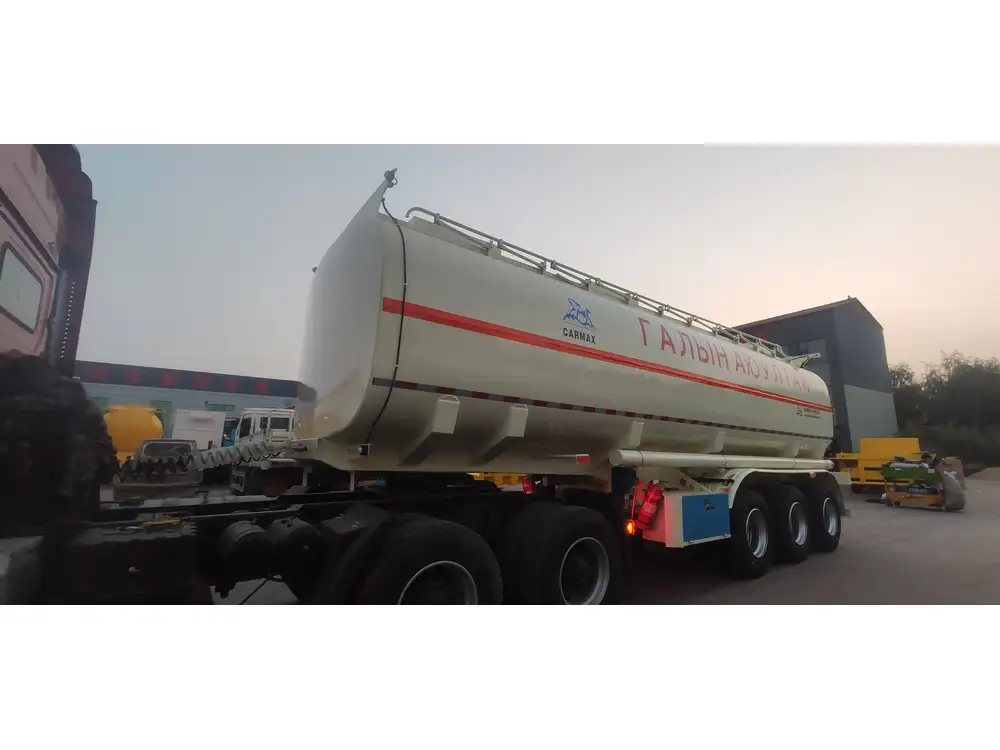
Challenge 3: Environmental Factors
Solution: Protect securement devices from harsh weather conditions using durable, weather-resistant materials and regular maintenance.
Enhancing Securement Through Technology
Embracing technological advancements can significantly improve securement practices.
GPS and Real-Time Monitoring
Integrate GPS tracking and real-time monitoring systems to oversee the status of securement devices during transit, enabling proactive interventions if needed.

Automated Securement Systems
Adopt automated securement technologies that streamline the process, reducing human error and increasing efficiency.
Data Analytics
Leverage data analytics to analyze securement performance, identify patterns, and implement improvements based on empirical evidence.
Sustainability in Securement Practices
Promoting sustainability is essential for modern transportation operations.
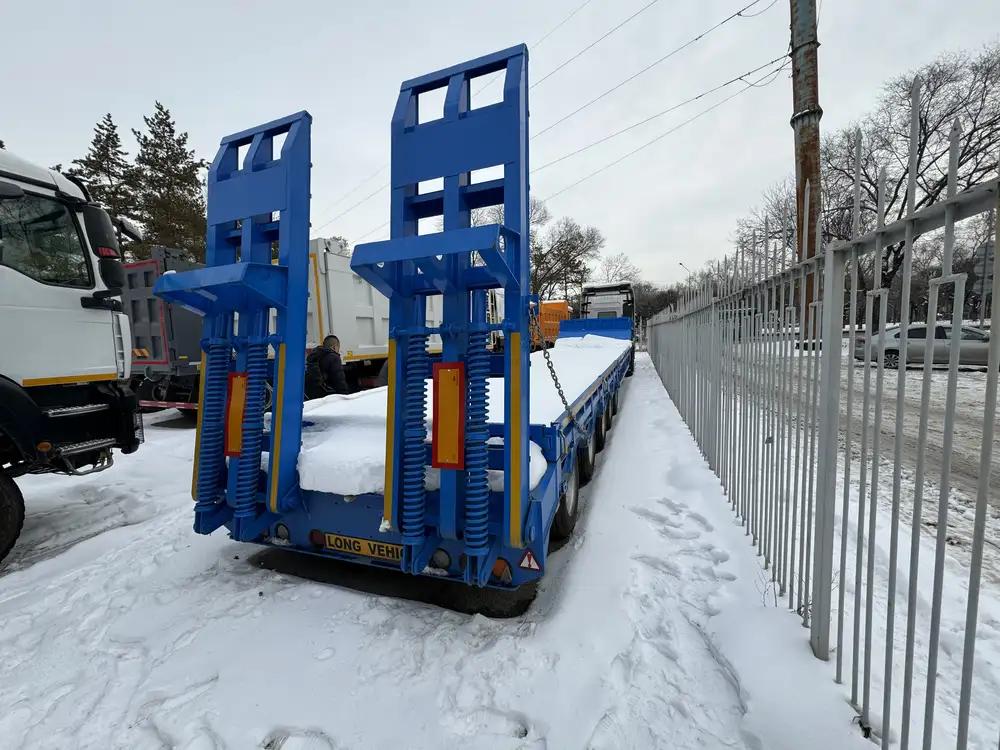
Eco-Friendly Securement Devices
Choose securement devices made from recyclable or sustainable materials to minimize environmental impact.
Efficient Resource Utilization
Optimize the use of securement equipment to reduce waste and enhance operational efficiency.
Green Training Programs
Educate staff on sustainable securement practices, fostering a culture of environmental responsibility.

Case Studies: Successful Securement Implementations
Case Study 1: Large-Scale Steel Coil Transport
Challenge: Transporting oversized steel coils with high precision and minimal movement.
Solution: CarMax Vehicle provided customized securement systems incorporating high-tensile straps and automated tensioning devices, ensuring stability and compliance.
Outcome: Successful delivery with zero cargo damage and adherence to all regulatory standards.
Case Study 2: Multi-Leg Transport Chain
Challenge: Maintaining securement integrity across multiple transportation legs with varying conditions.
Solution: Implemented a comprehensive securement and monitoring system, including real-time tracking and adjustable securement devices.
Outcome: Enhanced securement reliability, reduced transit delays, and improved overall efficiency.
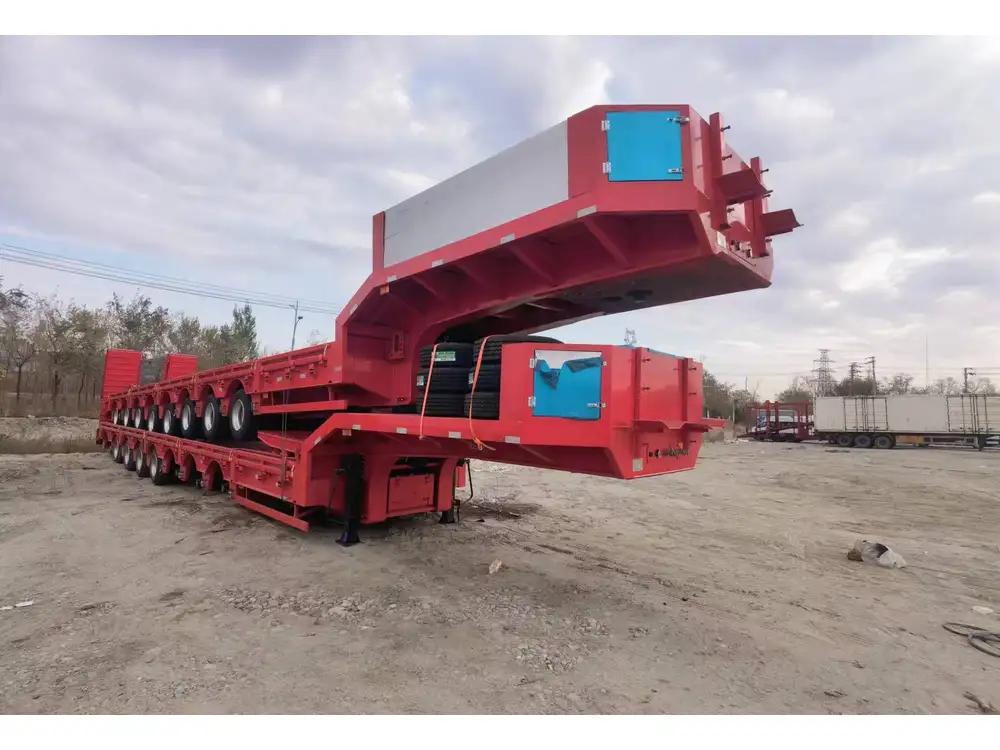
The Role of Training in Securement Excellence
Effective securement is not solely reliant on equipment but also on the expertise of personnel.
Comprehensive Training Programs
CarMax Vehicle offers extensive training programs covering:
- Securement Techniques: Best practices for securing steel coils effectively.
- Regulatory Compliance: Understanding and adhering to transportation regulations.
- Inspection Protocols: Conducting thorough inspections to ensure securement integrity.
Continuous Education
Stay updated with the latest securement technologies and regulatory changes through ongoing training and professional development.
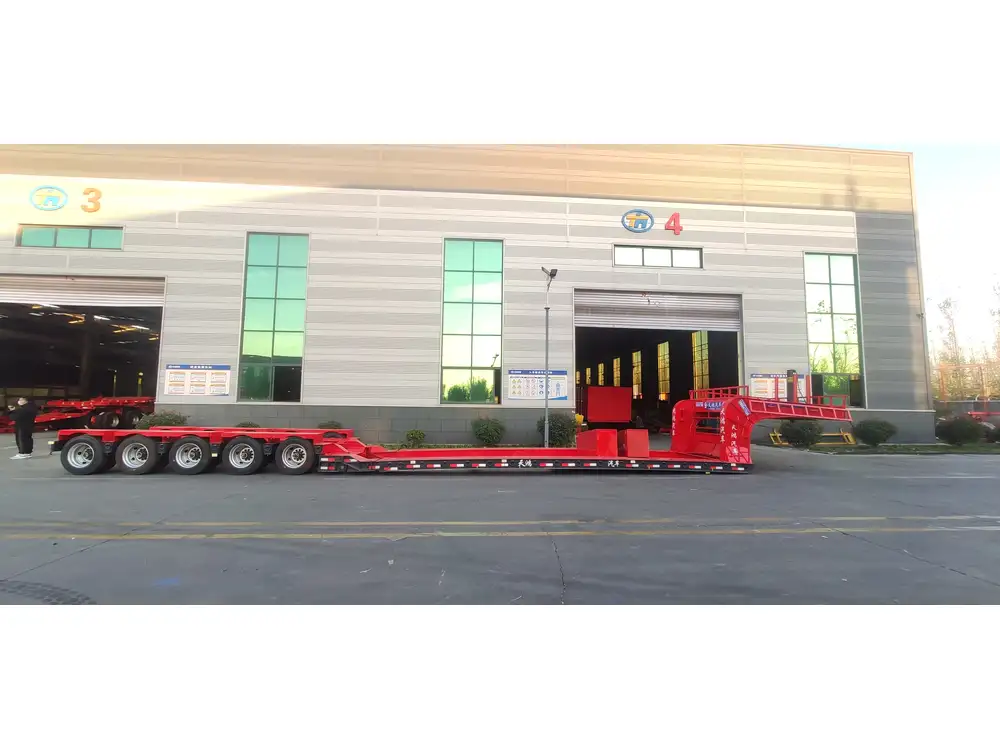
Future Trends in Steel Coil Securement
Anticipating and adapting to future trends can provide a competitive edge.
Automation and Robotics
The integration of automation and robotics in securement processes will enhance precision and reduce manual labor.
Smart Securement Devices
Development of smart securement devices equipped with sensors to monitor tension and movement in real-time.

Enhanced Data Integration
Utilizing advanced data integration techniques to optimize securement strategies based on comprehensive analytics.
Conclusion
Proper steel coil securement is a critical component of safe and efficient transportation operations. At CarMax Vehicle, we are committed to providing superior securement solutions that meet the highest standards of safety, compliance, and operational excellence. By adhering to regulatory guidelines, implementing best practices, and embracing innovative technologies, we ensure that your steel coils are transported securely and reliably.
Frequently Asked Questions
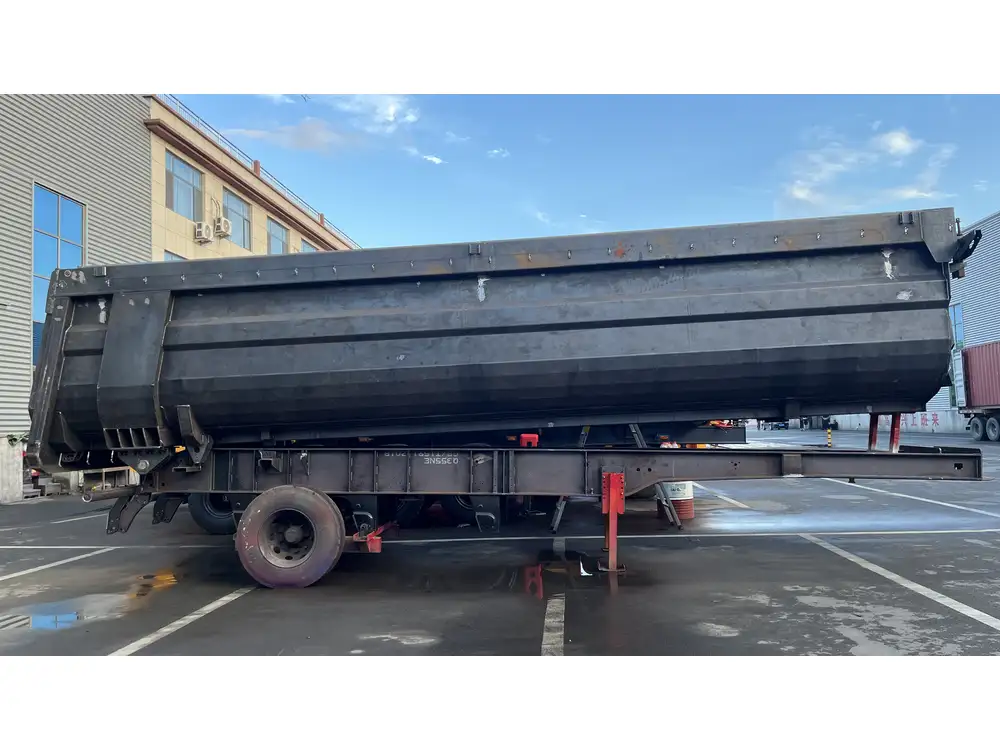
1. What are the most effective securement devices for steel coils?
High-tensile straps, chains, binders, and edge protectors are among the most effective securement devices for steel coils. These devices provide robust support and prevent movement during transit.
2. How often should securement inspections be conducted during transport?
Securement inspections should be conducted before departure, at regular intervals during transit, and upon arrival. It’s recommended to perform checks at least every 100 miles or during any significant changes in driving conditions.
3. What are the common regulatory requirements for steel coil securement?
Regulatory requirements include ensuring load stability, using appropriate securement devices, adhering to weight limits, and conducting regular inspections. Compliance with FMCSA regulations and state-specific guidelines is essential.
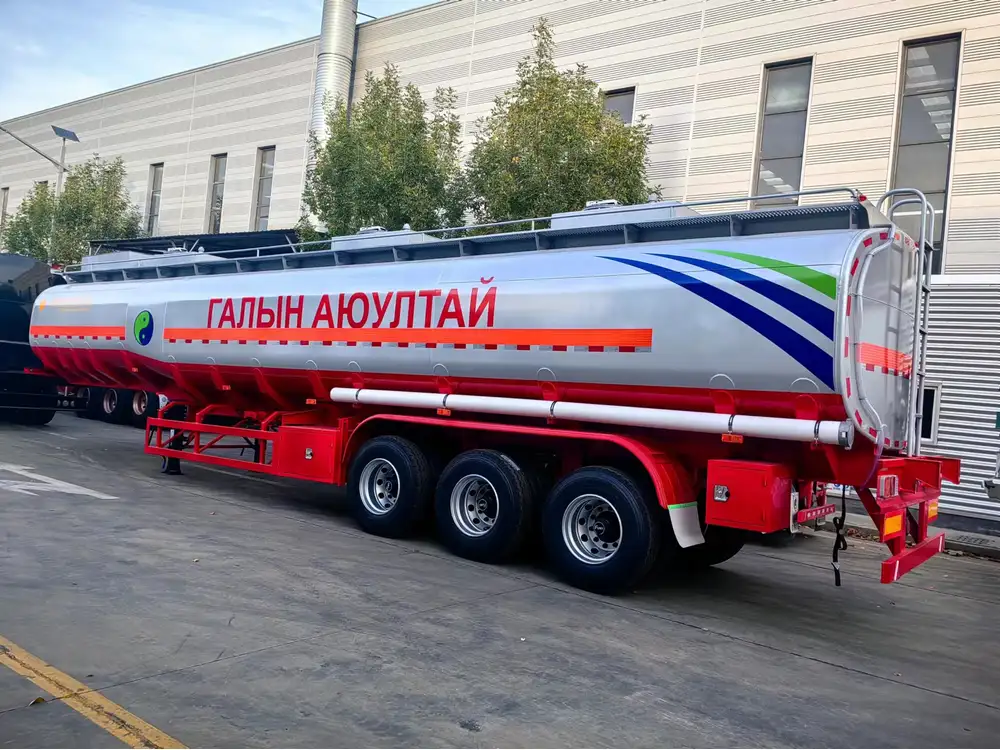
4. Can I use standard straps for securing heavy steel coils?
Standard straps may not provide sufficient strength for heavy steel coils. It’s advisable to use high-tensile straps or chains specifically designed for heavy-duty applications to ensure securement integrity.
5. How can technology improve steel coil securement?
Technology such as GPS tracking, real-time monitoring systems, automated securement devices, and data analytics can enhance securement practices by providing real-time insights, reducing human error, and optimizing securement strategies.



